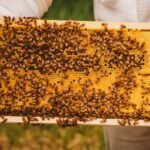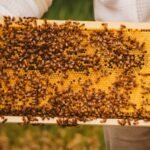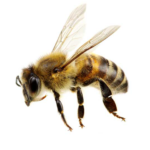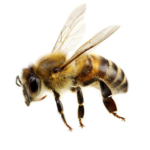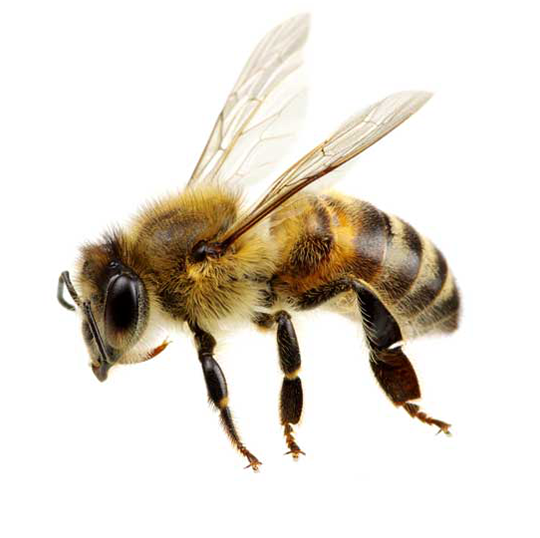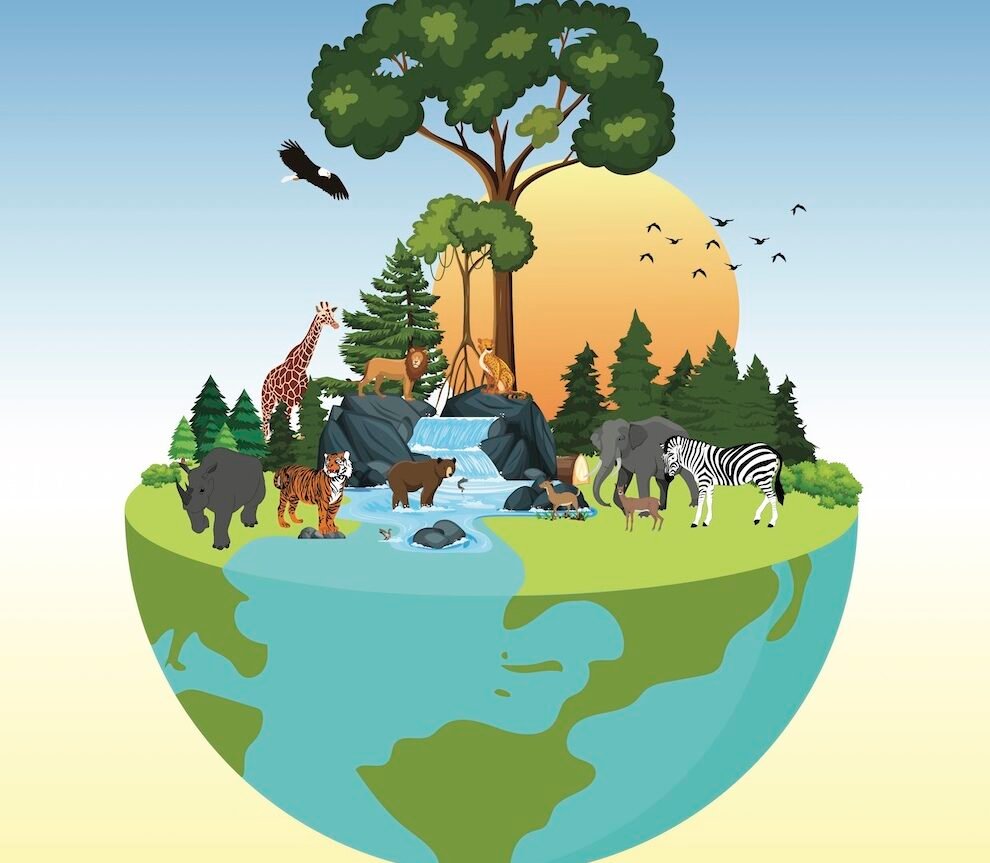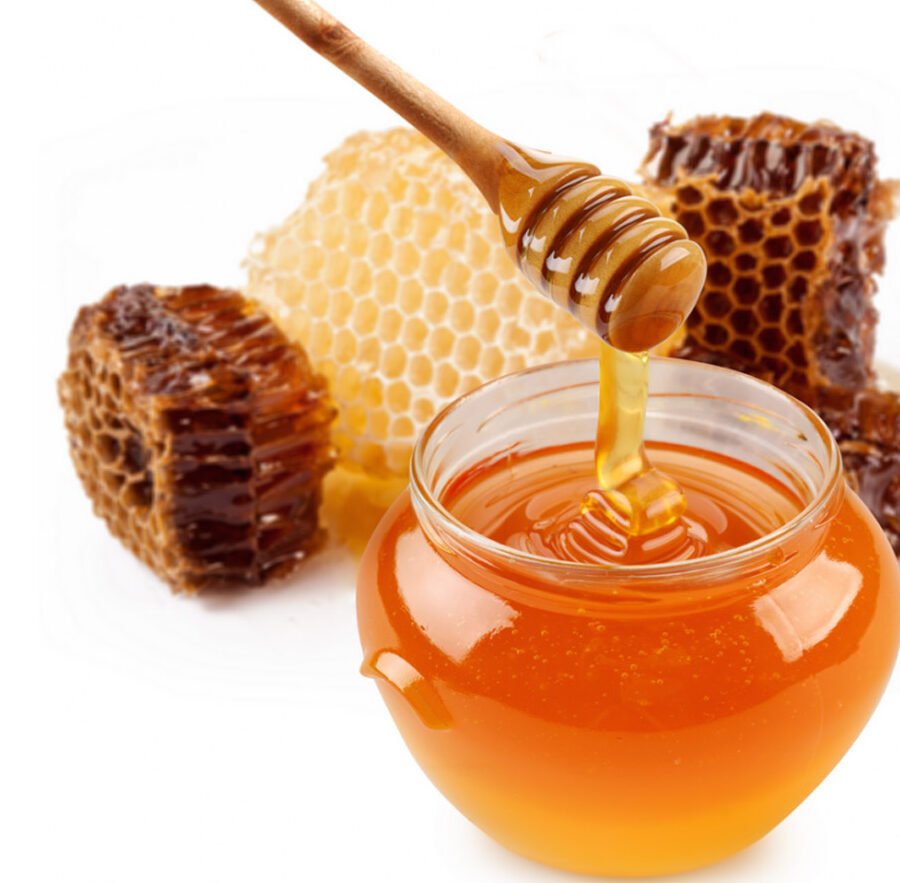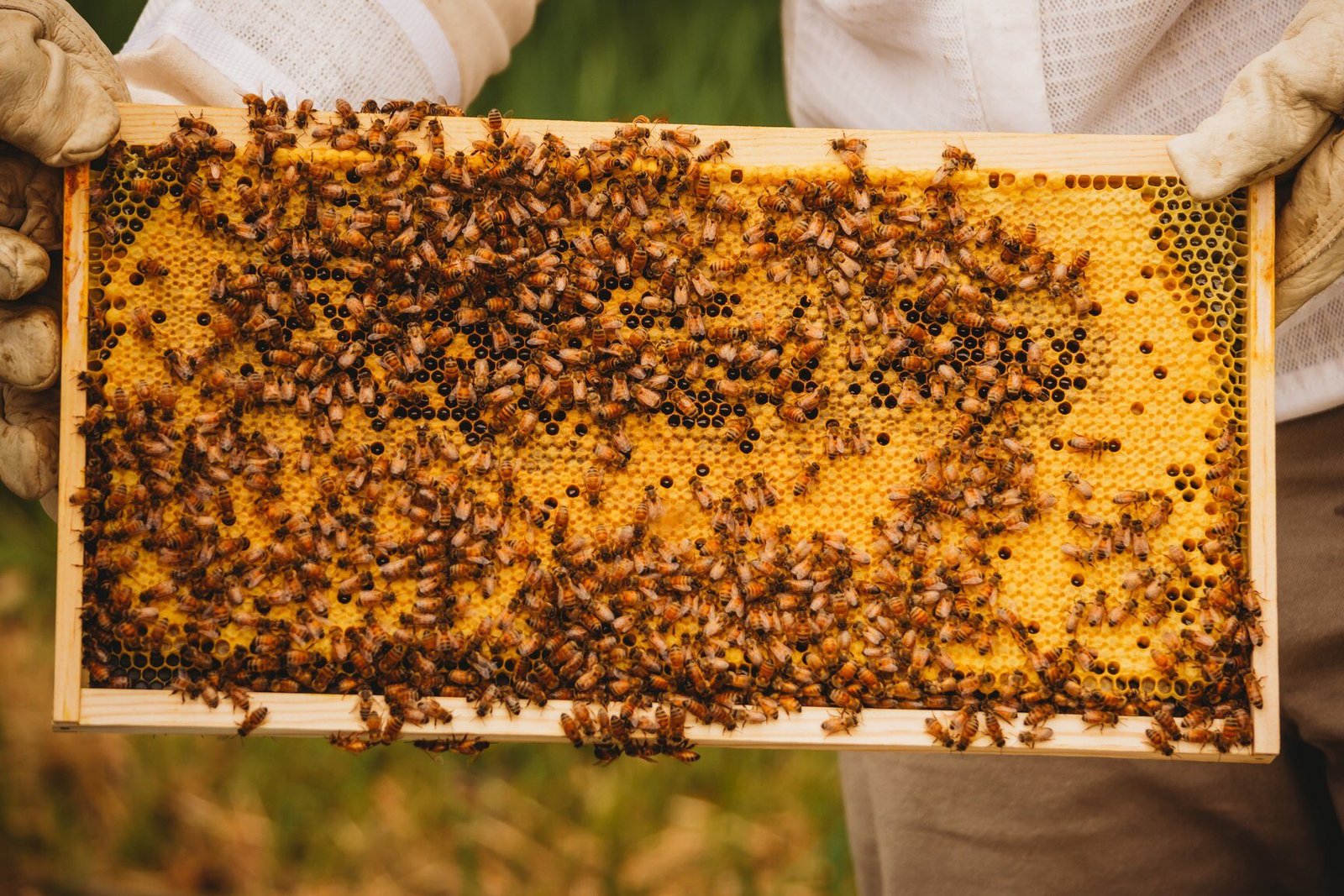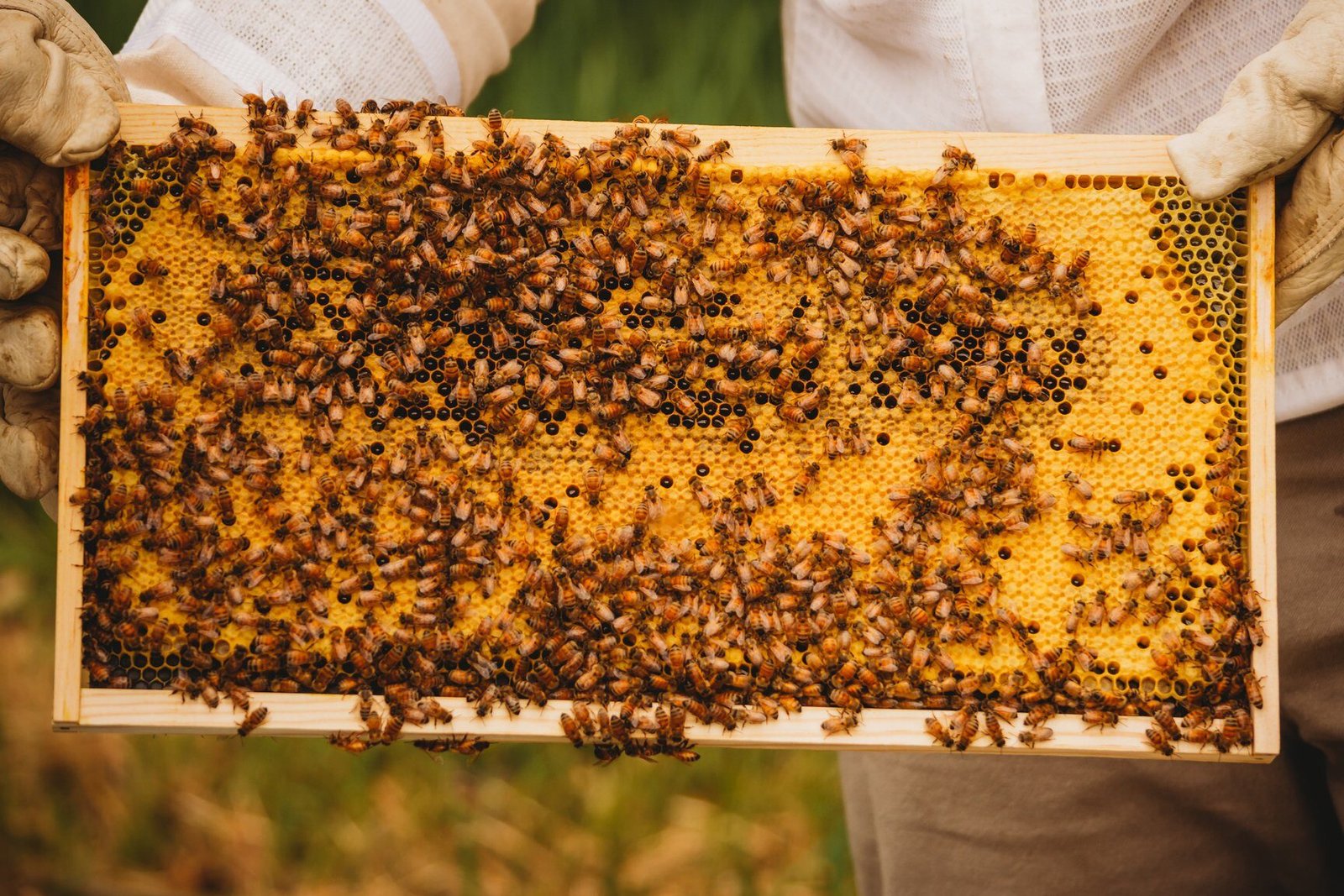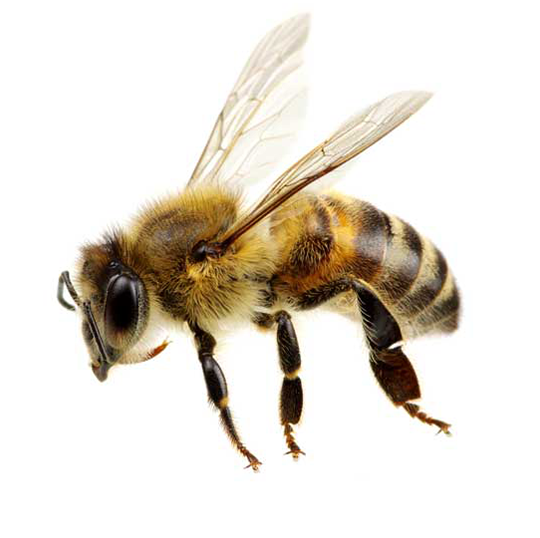[ad_1]
Understanding the Role of Bee Pollination in Biodiversity Conservation
Bee pollination is a vital process for the survival and proliferation of numerous plant species. More than 75% of the world’s flowering plants rely on animal pollinators, including bees, to transfer pollen from the male parts of a flower (stamen) to the female parts (pistil). This transfer of pollen enables fertilization, leading to the production of fruits, seeds, and new plants. Bees, in particular, play a significant role in pollination, and their contribution to biodiversity conservation cannot be overstated. In this article, we will explore the importance of bee pollination in biodiversity conservation and delve into its various aspects.
The Importance of Bee Pollination
Bee pollination is crucial for maintaining and promoting biodiversity for several reasons:
- Plant Reproduction: Bee pollinators facilitate plant reproduction by transferring pollen between flowers, enabling the fertilization process. This allows plants to produce seeds and fruits, ensuring their continued existence.
- Food Production: Many crops consumed by humans and animals depend on bee pollination. Apples, almonds, blueberries, and coffee are just a few examples of crops that rely heavily on bees for their pollination needs. Without bees, these crops would face severe decline, leading to food shortages and economic consequences.
- Biodiversity Support: Bee pollination helps maintain diverse plant communities, which in turn support other wildlife species. By pollinating a wide variety of plant species, bees play a crucial role in maintaining ecological balance and supporting the survival of countless other organisms.
- Ecosystem Services: Bees contribute to various ecosystem services, such as soil fertility, nutrient cycling, and carbon sequestration. Their crucial role in maintaining healthy ecosystems makes them essential for overall environmental well-being.
Types of Bee Pollinators
Bees are diverse creatures, and there are numerous species that contribute to pollination. While honeybees are widely known for their pollination services and honey production, other bee species also play vital roles. These include:
- Bumblebees: Bumblebees are excellent pollinators due to their large size and ability to handle complex flowers. They are especially efficient in certain crops, such as tomatoes and blueberries.
- Solitary Bees: Solitary bees, including mason bees and leafcutter bees, are essential pollinators for many native plants. They do not form organized colonies like honeybees but are highly effective pollinators due to their abundant presence in many ecosystems.
- Wild Bees: There are thousands of species of wild bees worldwide, each with specific preferences for certain types of plants. Their diversity and adaptability make them crucial for pollination across a wide range of ecosystems.
The Challenges Facing Bee Pollinators
Despite the significant role of bees in biodiversity conservation, they face numerous challenges that threaten their populations and pollination services. Some of the major challenges include:
- Habitat Loss: The destruction and fragmentation of natural habitats due to urbanization, agriculture, and deforestation reduce the availability of suitable nesting sites and floral resources for bees.
- Use of Pesticides: The widespread use of pesticides, including neonicotinoids, has detrimental effects on bee health and behavior. Pesticides can impair their ability to navigate, communicate, and forage for food, leading to population declines.
- Climate Change: Changes in temperature and precipitation patterns due to climate change can disrupt floral blooming schedules, affecting the availability of food for bees. This can have cascading effects on both bee populations and the plants they pollinate.
- Invasive Species: Invasive plant species can outcompete native plants, leading to a decrease in suitable floral resources for bees. Additionally, invasive bees can disrupt native bee communities and alter pollination dynamics.
Bee Conservation and Biodiversity
Conservation efforts focused on bees can have far-reaching benefits for biodiversity and ecosystem health. Several strategies can be employed to promote bee conservation:
- Habitat Restoration: Creating and restoring habitats with diverse flowering plants can provide bees with abundant food sources and nesting opportunities. This includes preserving natural habitats, planting pollinator-friendly gardens, and incorporating native flowering plants into landscapes.
- Pesticide Reduction: Reducing the use of pesticides, particularly those harmful to bees, can help protect their health and population viability. Implementing integrated pest management practices and promoting organic farming methods are essential steps in minimizing pesticide impacts.
- Public Awareness and Education: Raising awareness about the importance of bees and their pollination services is crucial for garnering public support. Educating communities about the role they can play in conserving bees, such as providing suitable habitat and avoiding pesticide use, can foster positive change.
- Research and Monitoring: Continuous research into bee populations, their behavior, and the factors impacting their health is essential. This knowledge can inform conservation strategies and aid in monitoring the effectiveness of different initiatives.
Frequently Asked Questions (FAQ)
Q: How do bees transfer pollen from flower to flower?
- Bees transfer pollen primarily through their hairy bodies. As they visit flowers for nectar, pollen grains stick to their bodies, and when they move to another flower, the pollen rubs off, facilitating pollination.
Q: Are honeybees the only bees that provide pollination services?
- No, honeybees are important pollinators, but other bee species such as bumblebees, solitary bees, and wild bees also contribute significantly to pollination.
Q: How important are bees for crop pollination?
- Bees are critical for crop pollination, and many crops rely on them for successful reproduction. Without bees, the yield and quality of various fruits, nuts, and vegetables would significantly decline.
Q: What can individuals do to help conserve bees?
- Individuals can plant pollinator-friendly native plants in their gardens, provide suitable nesting sites, avoid pesticide use, and educate others about the importance of bees and their conservation.
Q: How does climate change affect bee populations?
- Climate change can disrupt the synchronization between flowering plant species and their pollinators. Changes in temperature and precipitation patterns can also impact the availability and quality of floral resources for bees.
Understanding the crucial role of bees in pollination and biodiversity conservation is essential for safeguarding ecosystems and promoting sustainable practices. By recognizing the challenges faced by bee populations and taking individual and collective action, we can contribute to the preservation of these vital pollinators and the thriving biodiversity they support.
[ad_2]

